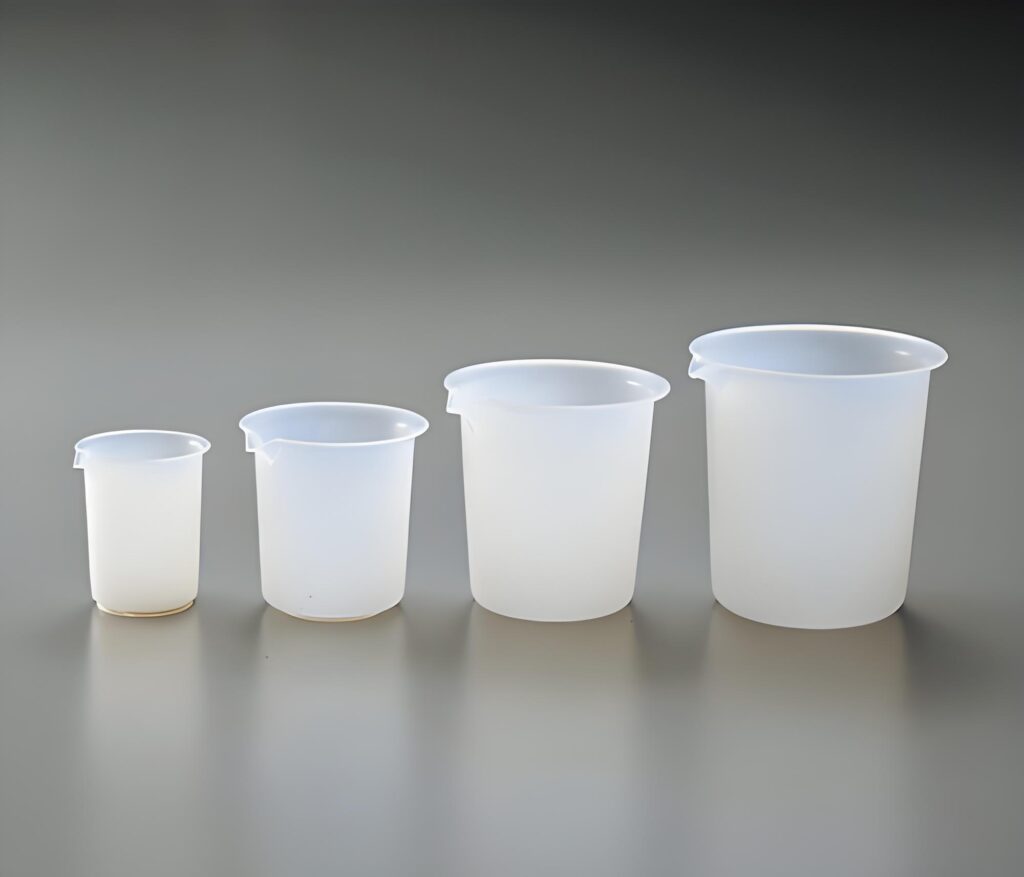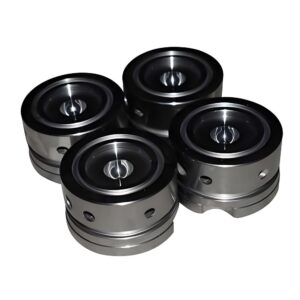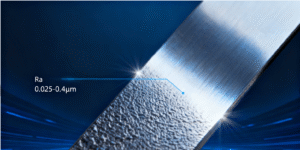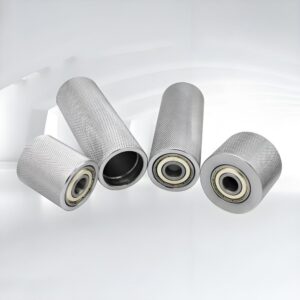Perfluoroalkoxy polymer, or PFA, is a fluoropolymer that’s rewriting the rules for high-performance materials. It thrives in brutal conditions—think corrosive chemicals or blistering heat—where ordinary plastics or metals would fail. For industries like aerospace, pharmaceuticals, and chemical processing, PFA’s durability and versatility make it a go-to for crafting precision components. This guide breaks down what makes PFA special, from its properties to its real-world uses, offering engineers and manufacturers clear insights into why it’s a game-changer in modern machining.
What is Perfluoroalkoxy Polymer (PFA)?
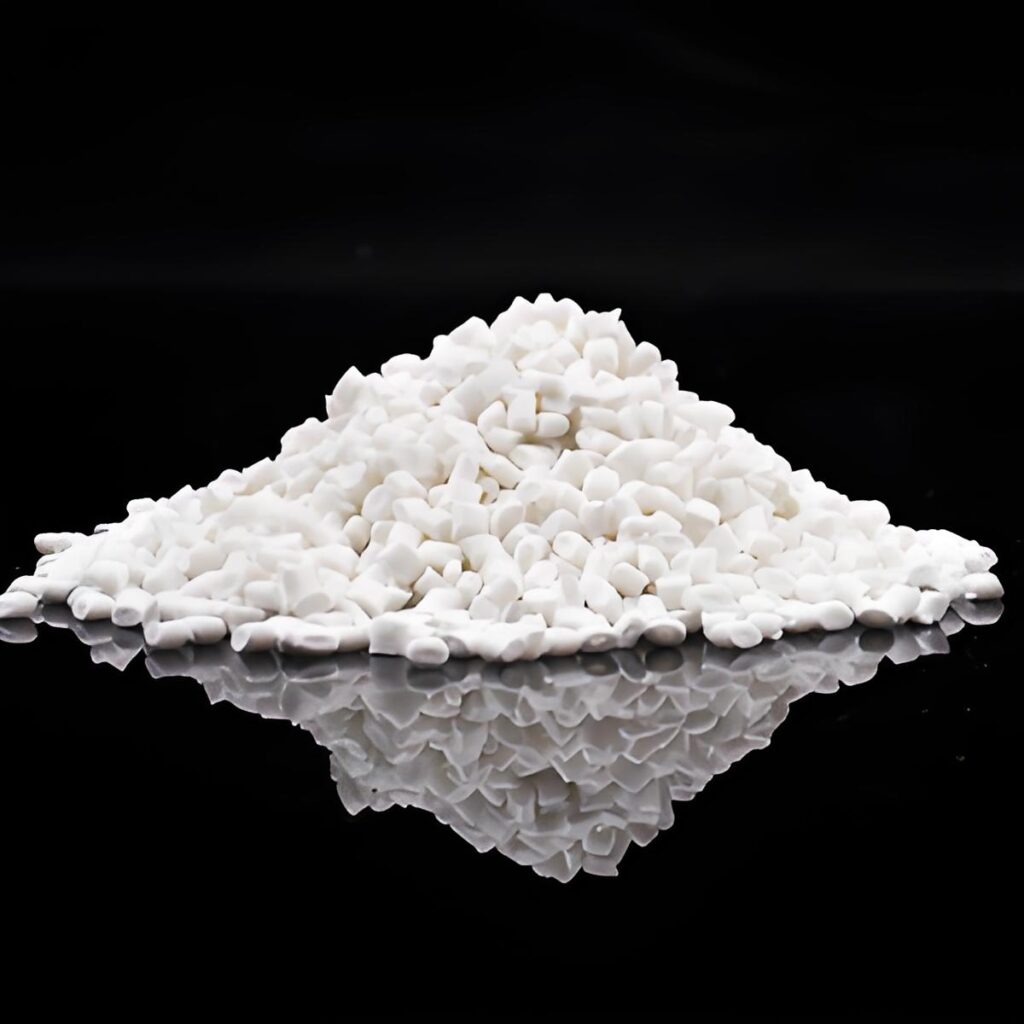
Perfluoroalkoxy polymer, often called PFA, is a high-performance fluorinated plastic blending tetrafluoroethylene (TFE) with perfluoroalkyl vinyl ethers. Unlike its cousin PTFE (Teflon), PFA is melt-processable, meaning it can be molded or machined into complex shapes without losing its tough-as-nails resistance to chemicals and heat. This makes it a favorite for creating everything from tubing to intricate fittings in demanding industries.
Why PFA Stands Out
PFA’s fully fluorinated structure—carbon atoms wrapped in fluorine—gives it near-unbeatable chemical resistance, shrugging off acids, solvents, and bases. Its semi-crystalline nature (up to 60% crystallinity) balances flexibility and strength, ideal for parts that need to bend without breaking. Terms like “PFA material” or “fluoropolymer resin” often appear in specs, but it’s PFA’s ability to handle extreme conditions while being easy to process that sets it apart for global manufacturers.
How PFA is Made
Crafting PFA involves a precise polymerization process, linking TFE with perfluoroether side chains. This creates a material that flows smoothly during extrusion or molding, reducing defects in thin-walled parts. For machinists, this means PFA is easier to work with than PTFE, making it ideal for “PFA in precision machining” applications like custom fittings or medical tubing.
Properties of Perfluoroalkoxy Polymer
Engineers often look at two key categories when evaluating materials: mechanical properties and physical properties. PFA performs well in both areas, which explains its wide industrial adoption.
Mechanical Properties
- Tensile strength: PFA maintains stability under stress, even at elevated temperatures.
- Flexibility: It has greater flexural strength than PTFE, which allows it to bend repeatedly without cracking.
- Wear performance: While not as hard as some engineering plastics, it resists wear in dynamic environments.
- Impact resistance: PFA absorbs mechanical shocks better than brittle materials, helping it last longer in heavy-duty settings.
Physical Properties
- Heat resistance: With a melting point around 305°C (581°F), PFA operates safely in extreme heat.
- Chemical resistance: It withstands nearly all corrosive agents, including strong acids, bases, and solvents.
- Electrical insulation: PFA is an excellent insulator, widely used for wiring and cabling in high-voltage systems.
- Transparency: Unlike PTFE, PFA is naturally more transparent, which can be beneficial in medical and laboratory applications.
- Dimensional stability: It retains shape and size across a wide temperature range, reducing failure risks in precision components.
What Are Types of Perfluoroalkoxy Polymer?
Perfluoroalkoxy polymers are available in different grades, tailored for specific industrial applications. Common types include:
- General-purpose PFA – Suitable for a wide variety of applications, balancing cost with performance.
- High-purity PFA – Specifically designed for semiconductor and pharmaceutical industries where contamination must be avoided.
- Anti-static PFA – Contains additives to reduce surface resistivity, making it useful in environments sensitive to static discharge.
- Modified PFA blends – Engineered to enhance flexibility, toughness, or processability depending on the application.
Each variation provides a tailored solution, allowing manufacturers to choose the most suitable material for their requirements.
Applications of Perfluoroalkoxy Polymer Material
PFA’s real-world applications are vast, proving its worth in industries facing tough conditions. From chemical plants to cleanrooms, it delivers reliability where failure isn’t an option.
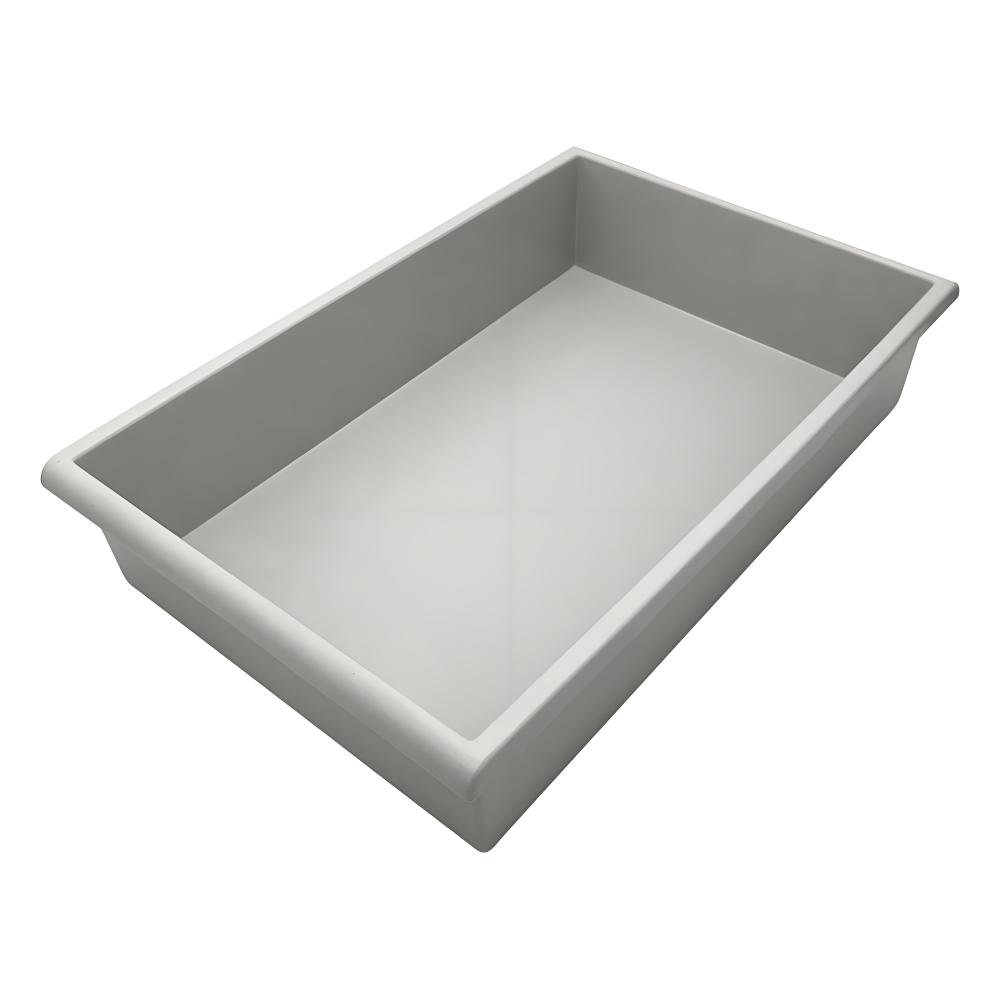
Chemical and Industrial Uses
In chemical processing, PFA linings protect tanks and pipes from acids like hydrochloric, extending equipment life. Heat exchangers with PFA coatings handle 200°C steam without fouling, a win for oil and gas. In semiconductors, “PFA wafer carriers” ensure purity during etching, cutting chip defects.
Pharma and Food Processing
PFA’s USP Class VI compliance makes it ideal for bioreactor tubing or sterile catheters, enduring repeated steam cleaning. In food production, PFA coatings on molds release sticky products cleanly, meeting FDA standards. Its non-stick nature simplifies maintenance, saving time and costs.
Aerospace and Emerging Tech
Aerospace relies on PFA for fuel lines, resisting jet fuels from -50°C to 200°C, and for high-voltage wiring insulation. In green tech, PFA in electrolyzers withstands alkaline conditions for hydrogen production. Its recyclability via depolymerization adds a sustainable edge, making it a global favorite for “fluoropolymer applications in manufacturing.”
Advantages and Disadvantages of Perfluoroalkoxy Polymer
Perfluoroalkoxy polymer (PFA) is a powerhouse material, but like any solution, it comes with trade-offs. Understanding its strengths and limitations helps manufacturers decide when this fluoropolymer resin is the right choice for their projects. Below, we outline the key benefits and drawbacks of PFA, tailored for industries like machining where performance is critical.
Advantages of PFA
PFA’s unique properties make it a top pick for demanding applications, offering unmatched reliability in harsh conditions. Here’s why it shines:
- Unrivaled Chemical Resistance: PFA withstands nearly all chemicals, from acids to solvents, extending part life in corrosive environments like chemical plants.
- Extreme Temperature Tolerance: With a range of -268°C to 260°C, it handles cryogenic storage and high-heat processes, outpacing plastics like nylon.
- Melt-Processability: Unlike PTFE, PFA’s ability to be molded or extruded streamlines production, saving time for “PFA in precision machining” applications.
- Low Friction: A coefficient of friction (0.1 static, 0.05 dynamic) ensures smooth operation, reducing wear in bearings or seals, cutting energy costs.
- High Purity: USP Class VI compliance makes PFA ideal for regulated fields like pharmaceuticals, ensuring no contamination in sensitive applications.
- Optical Clarity: Its transparency (refractive index 1.34) aids visual inspections, perfect for sight glasses or optical sensors in industrial setups.
Disadvantages to Consider
While PFA excels in many areas, it’s not without challenges. Here are the key limitations to weigh:
- Premium Cost: At 2-5x the price of PVC, PFA can strain budgets, making it less viable for low-cost projects compared to cheaper plastics.
- Lower Hardness: With a Shore D rating of 55-60, PFA is prone to scratches, often requiring coatings or hybrid designs for durability.
- Fatigue in Extreme Cycles: Though strong, PFA’s fatigue resistance trails PTFE under relentless cyclic loading, limiting it in some dynamic uses.
- Environmental Concerns: As a PFAS, PFA’s persistence raises sustainability questions, though controlled applications minimize environmental impact.
- Processing Demands: Cleanroom conditions are needed to avoid contamination during machining, adding complexity to production workflows.
Why partner with Precionn
PFA’s blend of toughness and adaptability makes it a cornerstone for innovative designs. At Precionn, we harness PFA to craft precision components for global clients. From PFA-lined valves to high-tolerance tubing, our advanced CNC expertise turns complex ideas into reality. Ready to elevate your project? Contact Precionn to machine the future, one flawless part at a time.

